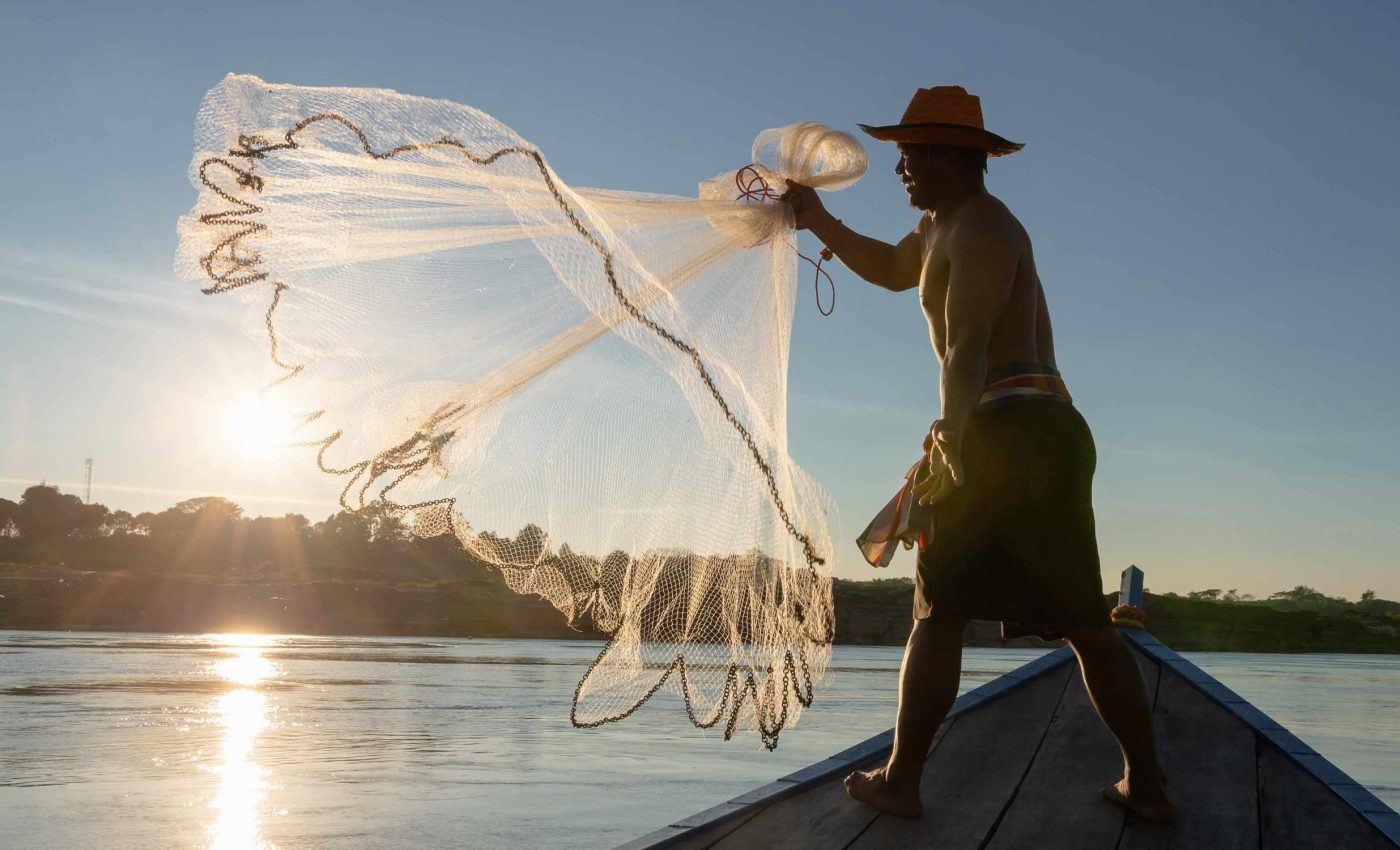
Urgent warning issued about contaminated fish that should not be eaten
Michigan’s health department issued Do Not Eat advisories for all fish from four lakes in Kent County.
Tests found perfluorooctane sulfonate, a long lasting industrial chemical within the PFAS family, at levels up to 514.3 ppb.
What changed in Michigan
This year the state adopted updated fish consumption methods that use stricter PFOS screening values. Do Not Eat now applies when average fillet PFOS exceeds 49.6 ppb.
The work was led by the Michigan Department of Health and Human Services (MDHHS). The agency runs Eat Safe Fish and coordinates statewide PFAS testing in fish.
The advisory targets what people eat, not whether they can stand on a pier and cast. Catch and release remains a choice at these sites.
Local officials plan to post Do Not Eat signs to reach anglers and families quickly. The notice aims to reduce exposure while longer term fixes advance.
Why fish are affected
Perfluorooctane sulfonate, a synthetic compound used in coatings and foams, persists in water and sediments for years. It moves through food webs and can build up in fish.
That buildup is bioaccumulation, a gradual rise in a chemical inside living tissue over time. Larger, older fish often carry more because they have had more time to accumulate it.
PFOS concentrates in muscle, so trimming skin or fat does not remove it, and cooking does not solve the problem. Because the chemical binds tightly to proteins, it stays in the edible part of the fish even after cleaning or heating.
Nearby sources can include industrial discharges, firefighting foam, and wastewater systems that concentrate PFAS. Once in a pond or lake, the chemicals circulate and linger.
Fish advisory and public health
Independent medical bodies link elevated PFAS exposure to changes in immune response, higher cholesterol, thyroid disruption, and pregnancy complications.
Human studies also associate PFAS levels with increased LDL and total cholesterol, reinforcing the concern for heart health.
“We recommend that no one eat fish listed as Do Not Eat, regardless of age or health. When these fish were tested, MDHHS found high levels of PFOS, and we want Michiganders to be aware that eating fish from these waterbodies could possibly lead to health problems in the future,” said Dr. Natasha Bagdasarian, chief medical executive.
Advisories are designed to protect frequent consumers and sensitive groups, including children and people who are pregnant. The level for action reflects that caution.
How these advisories work
MDHHS looks at the average PFOS concentration in fillets, since that’s the part of the fish people actually eat.
The calculation compares measured values with health-based screening values to decide if limits or a Do Not Eat call is needed.
A Do Not Eat advisory is the most protective step in the program. It is reserved for waters where routine meals would pose an unacceptable risk.
The goal isn’t enforcement – it’s clear communication. The state identifies affected waterbodies, lists the specific species (or all species, in this case), and updates online tables and local warning signs.
For the four Kent County waters, MDHHS applied the all species approach based on the lab data. The advisory will roll into the next printed guide once the update cycle closes.
What anglers can do right now
If you fish in any of these four waterbodies, stick to catch-and-release until the advisories are lifted. Eating even one meal from the listed locations is not recommended.
Check the current county pages and posted signs before you cook your catch. The state site provides simple lookups by lake, river, or county.
For waters without advisory warnings, choose younger, smaller fish and vary the species you eat over time. These habits limit the total amount of any one contaminant you take in.
Remember that trimming fat and skin can reduce other pollutants. It does not lower PFOS in the fillet because the chemical resides in the muscle.
Why it matters beyond Michigan
PFAS-related fish advisories now appear in many states, and more agencies are re-evaluating thresholds as new science emerges. Local advisories change faster than printed booklets, so online pages are the best source.
Fish are still a nutrient-dense food, packed with protein and omega-3 fats. The goal isn’t to discourage people from eating fish, but to help families find safer places to catch them and safer fish to enjoy.
Millions of Americans still spend weekends on the water, so clear guidance matters for health.
Communities near contaminated ponds and lakes also want answers about sources and cleanup. Public testing summaries and routine updates build trust while cleanup proceeds.
—–
Like what you read? Subscribe to our newsletter for engaging articles, exclusive content, and the latest updates.
Check us out on EarthSnap, a free app brought to you by Eric Ralls and Earth.com.
—–













